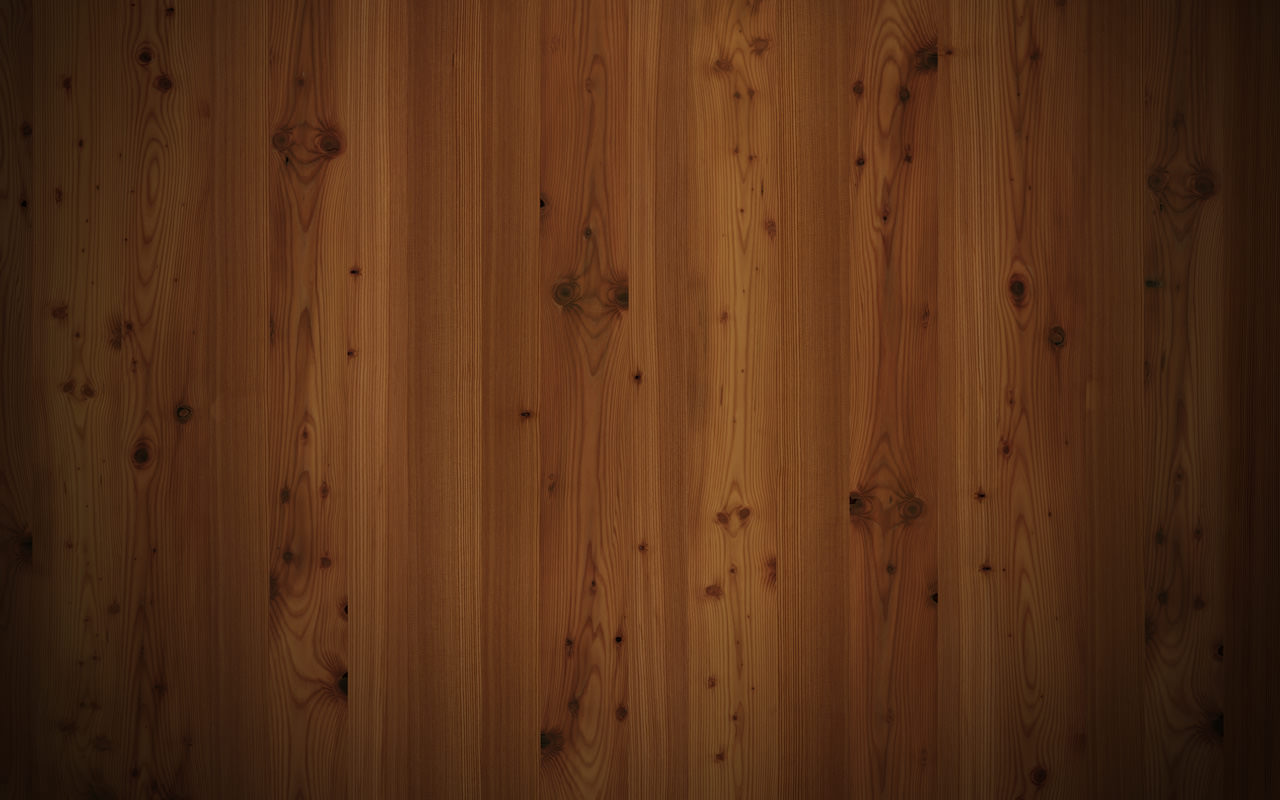
 www.entnet.org
www.entnet.org
199
cartilage, and to prevent back-fracture of the cartilage as the surgeon
sews toward himself or herself.
3. Approximation of the Helix and Antihelix
Meticulous approximation of the helix and antihelix is necessary to
maintain structural and cosmetic integrity of the underlying framework.
This will help prevent an acquired auricular deformity.
4. Lacerations Involving the Free Edges of the Pinna
Lacerations involving the free edges of the pinna (i.e., helix, lobule)
require accentuated skin eversion with mattress sutures. This will help
prevent notching that may occur from scar contracture and depression
during the healing process (Figure 9.3).
5. Hematomas and Seromas
Hematomas and seromas require evacuation.
6. Perichondrial Coaptation to the Cartilage Framework
Plain gut sutures, chromic quilting sutures, or bolster dressings aid in
perichondrial coaptation to the cartilage framework and eliminate dead
space. This is crucial to maintain cartilage viability and prevent cauli-
flower ear or pseudocyst deformities.
7. Segmental Avulsion of the Pinna
For segmental avulsion of the pinna, the cartilage skeleton should be
deepithelialized and thoroughly cleansed to minimize bacterial load.
Figure 9.3
Right ear laceration closed primarily. Vertical mattress sutures used to
provide accentuated skin eversion. With scar maturation and retraction,
incision line flattens without significant notching of the rim.










